Starcraft 2 revisited on the M1 Mac: An Unexpected Journey
The release of Apple’s M1 silicon in late 2020 was, without a doubt, a game-changer in the computing world. Its efficiency, speed, and compatibility with older apps via Rosetta 2 made it a dream come true for many. Yet, for gamers, one key question lingered: How would this new architecture hold up against some of the most beloved games of the past? Today, we’ll dive into the experience of running Starcraft 2 – a game many never expected to see on an M1 Mac.
Starcraft 2: M1 Mac mini Performance
Performance varies depending on map - you can expect up to 20% variance - I would recommend playing on medium for best visual fidelity and performance.
1. Background
Starcraft 2, developed by Blizzard Entertainment, has been a staple in the RTS (Real-Time Strategy) game world since its launch in 2010. While it has historically performed well on Windows systems, Mac users have often found themselves wanting more in terms of performance. This is why the introduction of the M1 chip offered a glimmer of hope for improved gameplay.
2. Initial Impressions
When you first run Starcraft 2 on an M1 Mac, you're immediately greeted with a notable difference in loading times. Thanks to the M1's superior SSD speeds and powerful core architecture, the game boots up in a fraction of the time it did on older Intel-based Macs.
3. Gameplay
Once you dive into the game, the difference in performance is palpable. Maps load quickly, and the gameplay is considerably smoother. Even during intense battles with hundreds of units on screen, the M1 chip doesn’t skip a beat. High resolutions and settings that were previously reserved for high-end gaming rigs are now attainable on a MacBook Air, a device without even a fan!
4. Rosetta 2: The Unsung Hero
Given that Starcraft 2 hasn’t been updated for native M1 support, it's Rosetta 2 that's doing the heavy lifting here. This translation layer, which allows M1 Macs to run apps that were originally designed for Intel processors, performs astoundingly well, making Starcraft 2 on the M1 a seamless experience.
5. Battery Life
One of the defining features of the M1 Macs has been their exceptional battery life, and this extends to gaming as well. Starcraft 2, known for its demanding nature, can drain a laptop's battery quickly. However, the M1 Mac seems to handle it with grace, offering extended gameplay times compared to its Intel counterparts.
6. The Downsides
There are a few caveats to mention. While performance is impressive, there are occasional hiccups, possibly due to Rosetta 2 translation. Some users have reported minor graphical glitches or infrequent crashes. But it's essential to understand that these are more the exception than the rule.
7. Conclusion
Starcraft 2 on the M1 Mac serves as a testament to what Apple has achieved with its custom silicon. The game runs not just adequately, but impressively, offering a renewed experience for RTS enthusiasts. While native support from Blizzard would be the icing on the cake, the current performance via Rosetta 2 is more than satisfactory for most.
For Mac users who've hesitated to jump into the Starcraft universe due to performance concerns, now might be the perfect time to dive in. The M1 chip has truly redefined expectations, and Starcraft 2 is just one of many games that shine on this platform.
